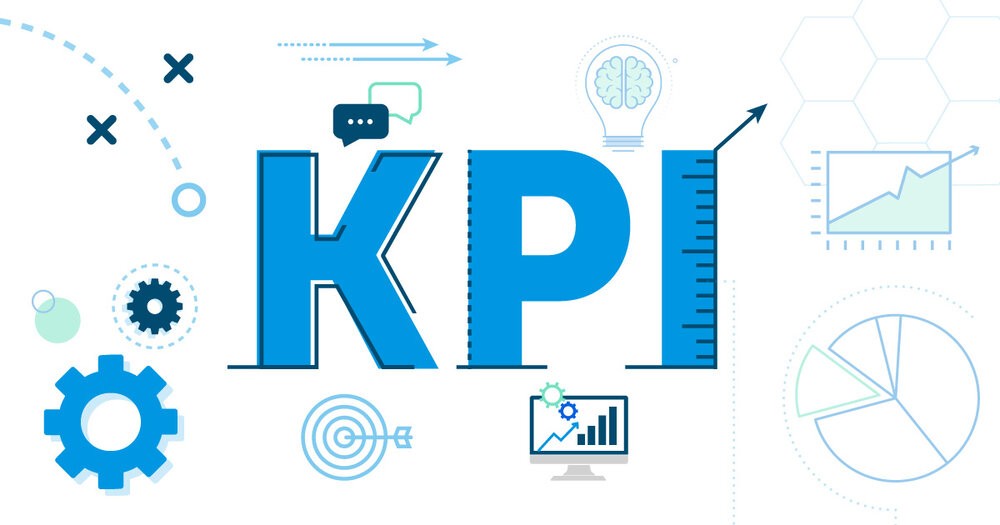
KPI´S Hoteleros
What are the most commonly used Key Performance Indicators in the Hotel or Hospitality Industry?
The acronym KPI stands for Key Performance Indicator. Below is a series of examples of the main Key Performance Indicators to monitor and to benchmark the performance of the different departments in a hotel.
- Accommodation (Rooms)
- Average Room Rate
- Bedroom Occupancy Rate
- Revenue per Available Room
- Cost per Occupied Room
- Labour Cost Ratio
- Food and / or Beverage
- Cost of Sales Ratio
- Gross Profit Ratio
- Average Spend per customer
- Labour Cost Ratio
- Profitability
- Operating Profit Ratio
- Net Profit Ratio
- Liquidity
- Current Ratio
- Average payment period
- Average collection period.
Let’s have a closer look at the top Accommodation (Rooms) KPI’s:
Average Room Rate (ARR)
Is a KPI which measures the average rate per available room – similarly to ADR.
Both of them can be used for the same purpose – to calculate the average rate of the room. However, ARR can also be used to measure the average rate for a longer period of time (weekly, monthly) while ADR may only be used to measure the average rate of one day. They are necessary to measure the financial performance of the hotel.
How do you calculate ARR?
The Formula is:
ARR = Total Room Revenue / Total Rooms Occupied
Bedroom Occupancy Rate
(also in short: OCC) is a KPI that shows the percentage of available rooms or beds being sold for a certain period of time.
It is important for hotels to keep track of this data on a daily basis to identify the average daily rate, forecast and apply revenue management.
How do you calculate Occupancy?
The Formula is:
Occupancy = Rooms Sold / Room Available
Revenue per Available Room
(short RevPAR) is a very classic KPI and regarded as one of the most important financial calculation for any hotel to see how much revenue they have made within a certain period of time.
When an analysis is carried out, RevPar figures can be compared to RevPar of the hotel during the same time frame of the previous years or to its compset.
With RevPAR you can only evaluate your income as a percentage of room sales, not including any other factors that also take account into making profitability (like toursales, room service, and spa bookings).
How do you calculate Revpar? The Formula is:
RevPAR = Rooms Revenue / Rooms Available
Cost per Occupied Room
(short: CPOR) calculates the average cost per occupied room in the hotel. It helps to measure and analyze if the operating cost for each room is reasonable.
How do you calculate CPOR?
The Formula is:
Cost per Occupied Room= Total Rooms Departments Cost / Number of Rooms Sold